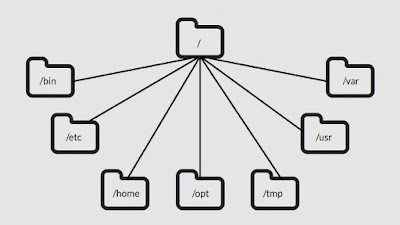Kubernetes Cost Reduction Techniques
Each technique enables organizations to optimize Kubernetes usage and minimize expenses 𝟭. 𝗥𝗶𝗴𝗵𝘁-𝘀𝗶𝘇𝗶𝗻𝗴 𝗿𝗲𝘀𝗼𝘂𝗿𝗰𝗲𝘀: Analyze app resource usage, adjust CPU/memory as needed. Avoid over-provisioning to save costs 𝟮. 𝗘𝗳𝗳𝗶𝗰𝗶𝗲𝗻𝘁 𝗡𝗼𝗱 & 𝗣𝗼𝗱 𝗔𝘂𝘁𝗼 𝗦𝗰𝗮𝗹𝗶𝗻𝗴: Enable cluster auto-scaling and use Horizontal Pod Autoscaler (HPA) and Vertical Pod Autoscaler (VPA) to add or remove nodes / pods based on resource utilization, reducing idle costs 𝟯. 𝗣𝗼𝗱 𝗗𝗶𝘀𝗿𝘂𝗽𝘁𝗶𝗼𝗻 𝗕𝘂𝗱𝗴𝗲𝘁 (𝗣𝗗𝗕): Set up PDBs to control how many pods of a specific deployment or replica set can be down simultaneously during disruptions, ensuring high availability without overprovisioning 𝟰. 𝗡𝗼𝗱𝗲 𝗧𝗮𝗶𝗻𝘁𝗶𝗻𝗴 𝗮𝗻𝗱 𝗧𝗼𝗹𝗲𝗿𝗮𝘁𝗶𝗼𝗻: Taint nodes for workload-specific delays, prioritize critical tasks on untainted nodes, and use cheaper tainted nodes for less critical tasks 𝟱. 𝗖𝗼𝗻𝘁𝗮𝗶𝗻𝗲𝗿 𝗥𝗲𝗴𝗶𝘀𝘁𝗿𝘆 & 𝗜𝗺𝗮𝗴𝗲 𝗢𝗽𝘁𝗶𝗺𝗶...


